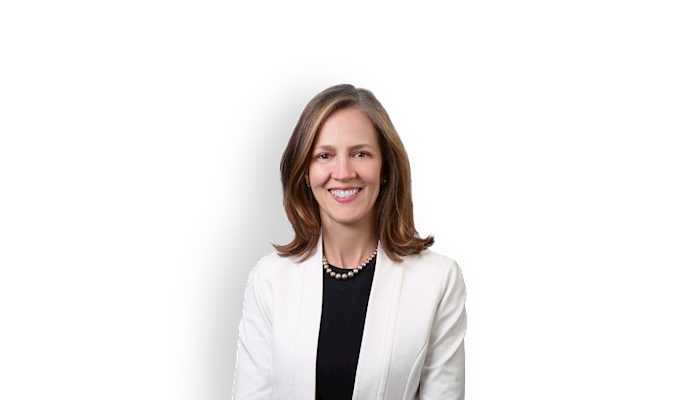The federal government has taken steps to increase access to dental care services for some Canadians, recognizing that a lack of access to dental care causes harm to children and negatively impacts the health care system.
On Nov.17, 2022, Bill C-31, the Cost of Living Relief Act, No. 2 (Targeted Support for Households) (the Act) received Royal Assent. This Act provides the mechanism of delivery for the new Canada Dental Benefit, which provides tax-free payments to eligible families to cover certain dental expenses. In Canada, dental services (other than certain dental services provided in a hospital) are uninsured services (i.e. not covered by provincial health insurance plans).
In this article, we set out below five key things to know about the Canada Dental Benefit:
1. Who is eligible?
The Canada Dental Benefit is available to an estimated 500,000 children in Canada. In order to be eligible, children must be under 12 years of age and receive dental care services during the eligibility period. Further, the children’s family must:
- not have access to private dental insurance,
- must not be fully insured under a government program or plan,
- must have an adjusted family net income of under $90,000;
- have filed their 2021 income taxes, and
- must already receive the Canada Child Benefit.
2. What is the eligibility period for the program?
The Canada Dental Benefit launched on Dec. 1, 2022. It will cover expenses retroactively to Oct. 1, 2022. The first eligibility period will run from Oct. 1, 2022 to June 30, 2023 for children under 12 as of Dec. 1, 2022, and the second eligibility period will run from July 1, 2023 to June 30, 2024 for children under 12 as of July 1, 2023.
3. How do families access the funds?
Recipients will receive the Canada Dental Benefit as a direct, up-front and tax-free payment issued through the Canada Revenue Agency (the CRA). This tax-free payment does not render dental services for eligible patients an insured service payable by a provincial health insurance plan. Families must apply to the CRA in order to receive the benefit, providing the name of the child’s dentist or dental hygienist, the date or month of the appointment and information on the parents’ employers, if applicable. Recipient families must also attest that they meet the requirements outlined above.
4. What does the Canada Dental Benefit cover?
The Act defines “dental care services” as “services that a dentist, denturist or dental hygienist is lawfully entitled to provide, including oral surgery and diagnostic, preventative, restorative, endodontic, periodontal, prosthodontic and orthodontic services.”
The amount covered is based on best estimates of what basic dental care, such as exams, cleanings, X-rays, and fillings, would cost. If there is money left over, there is no requirement to return the remaining funds. The exact amount that would be provided under the Act is based on the family’s adjusted family income:
- Families with an adjusted family income of less than $70,000 a year will qualify for $650 per child.
- Families with an adjusted family income between $70,000 and $79,999 will qualify for $390 per child.
- Families with an adjusted family income between $80,000 and $89,999 will qualify for $260 per child.
The fine for providing false information, not providing receipts or not using the money for dental care is $5000, plus double the amount of the Canada Dental Benefit received.
5. What is the plan for the future of dental care?
The Canada Dental Benefit is part of a larger plan to increase access to dental care across Canada. The national dental care program was announced by the federal government earlier this year, honouring one of the core pledges of the Liberal-NDP deal. $5.3 billion is earmarked over the next five years to enact the program. The plan is to expand coverage next year to those under 18 years of age, seniors, and people with disabilities. Coverage will extend to cover all Canadian families earning less than $90,000 by 2025.
If you have any questions about the new Canada Dental Benefit, please feel free to reach out to any of the authors or key contacts listed below.



